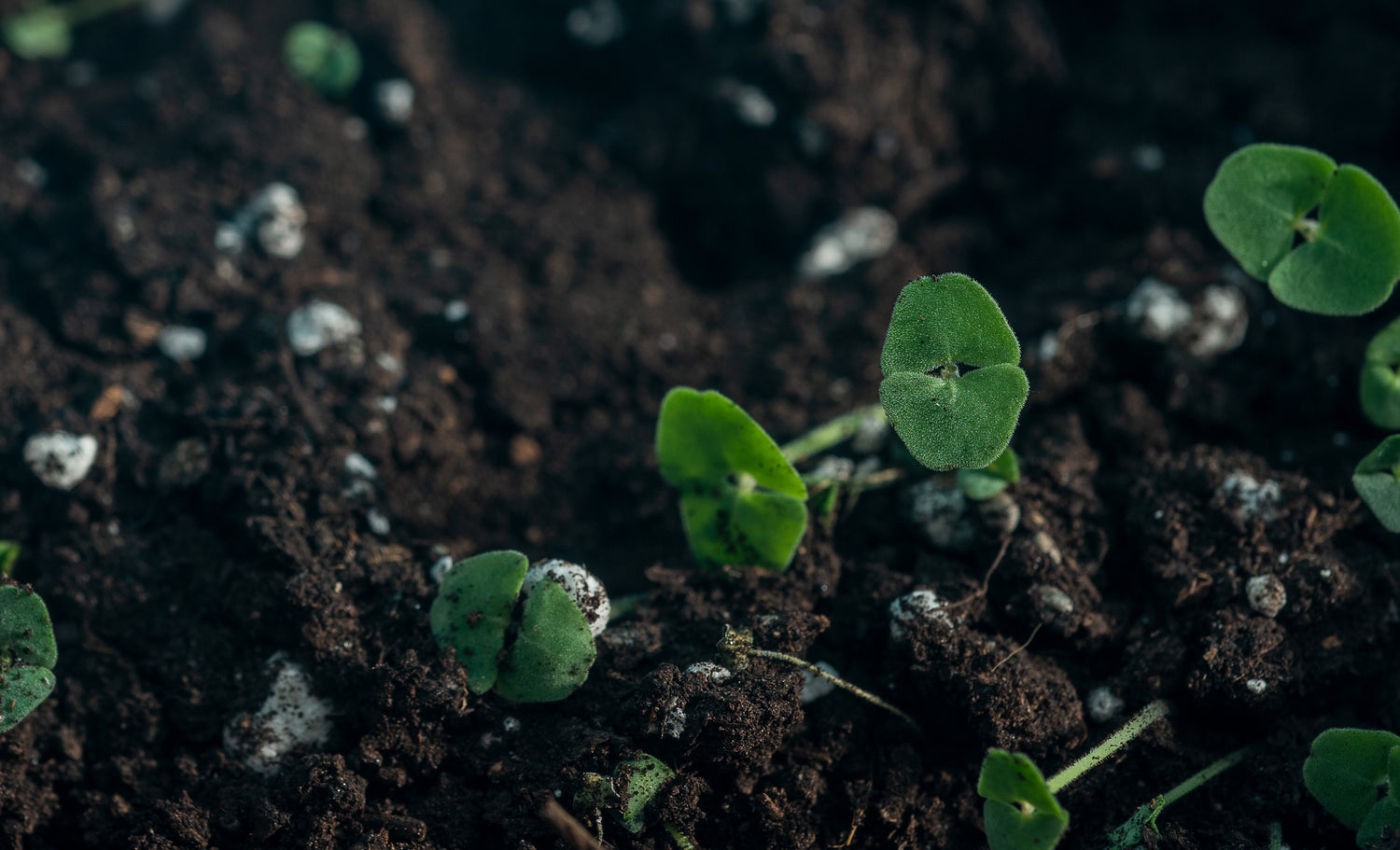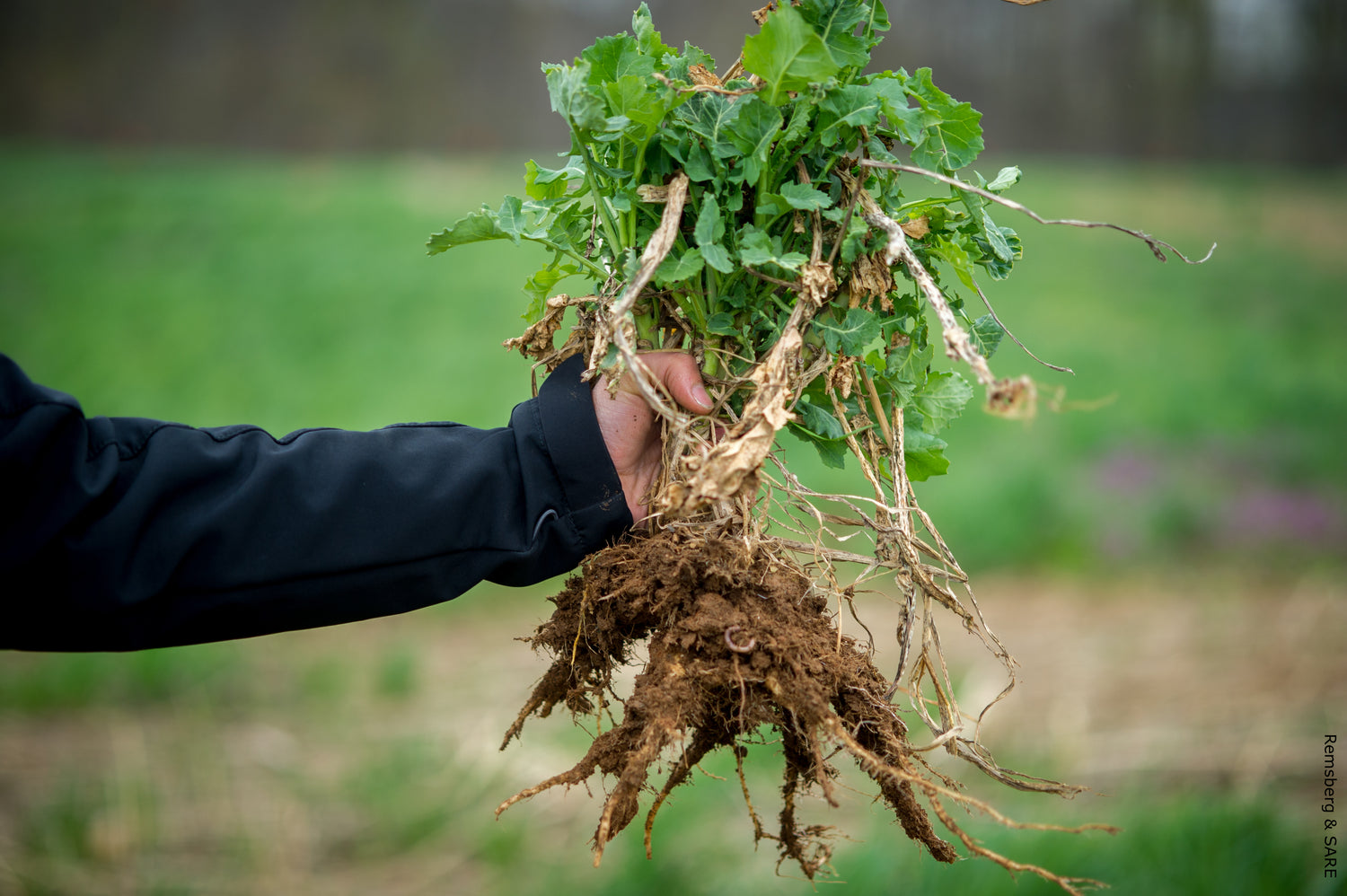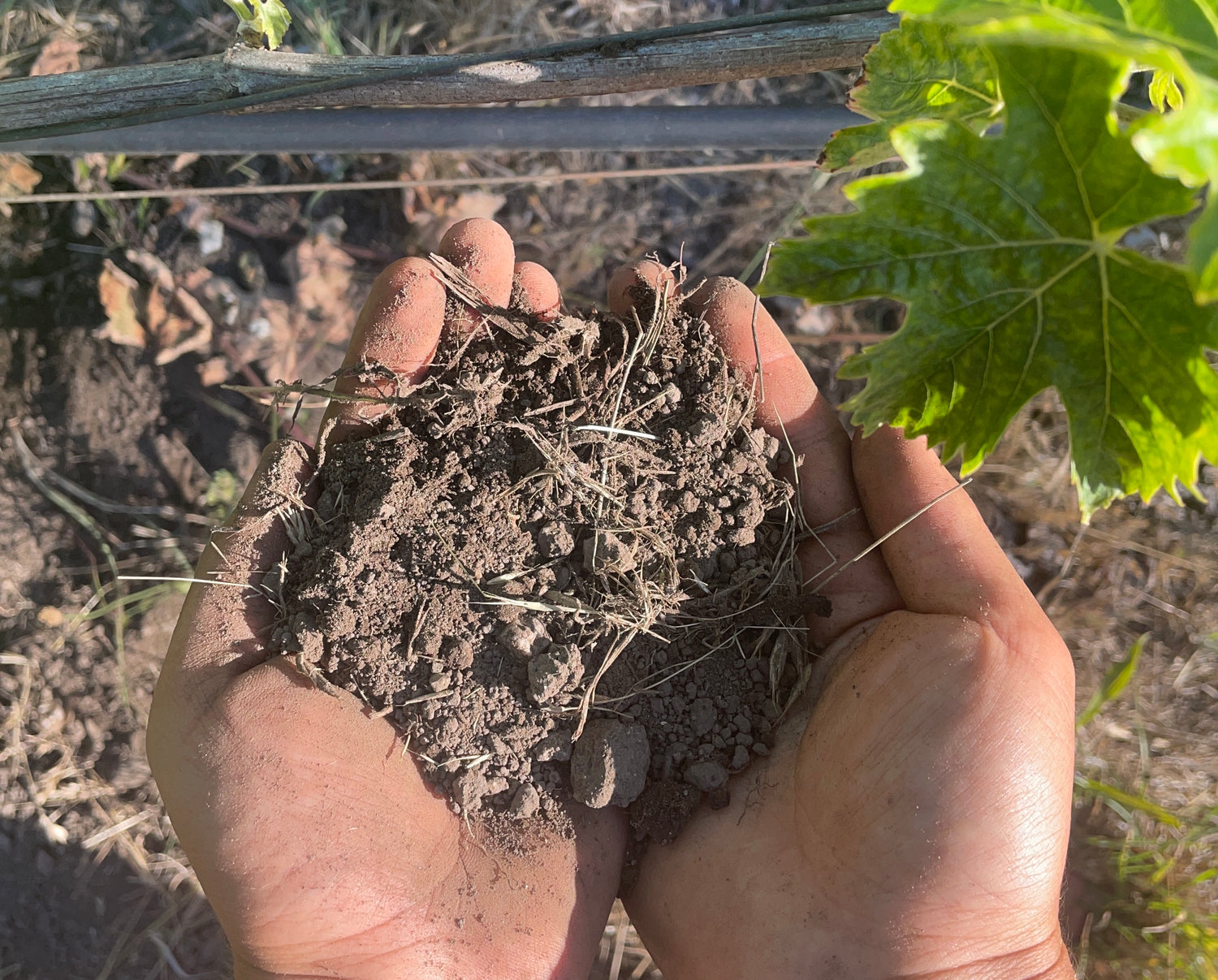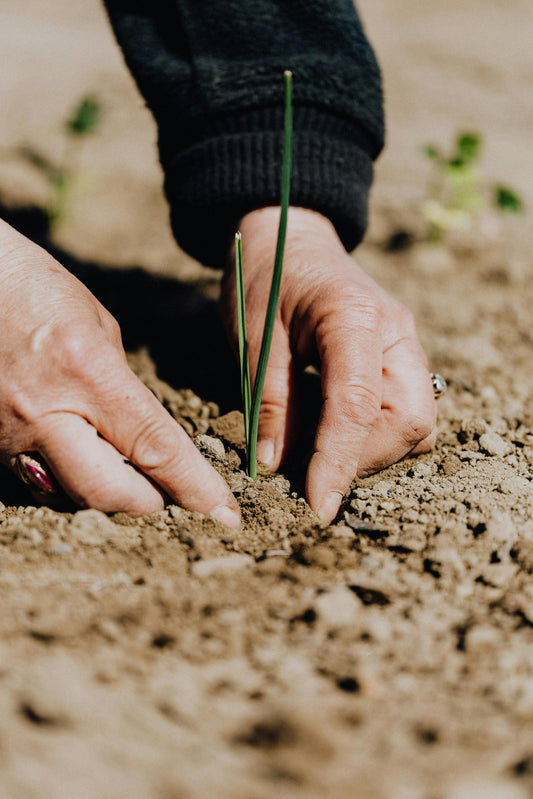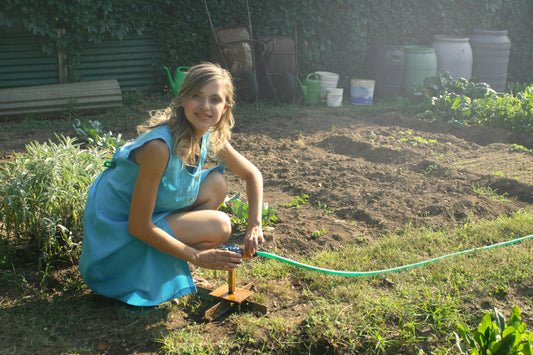Los Angeles, a dynamic metropolis cradled between the Pacific Ocean and rugged mountains, is home to an extraordinary variety of soil types shaped by its unique geography and microclimates. These soils underpin the city’s agriculture, urban development, and native ecosystems. This 2025 guide, informed by recent research, explores the characteristics, significance, and management strategies for Los Angeles’ diverse soils, empowering gardeners, developers, and environmentalists to thrive in this vibrant region.
Why Soil Matters in Los Angeles
Soil is the cornerstone of Los Angeles’ ecosystems, supporting biodiversity, food production, and infrastructure. A 2024 USDA Natural Resources Conservation Service (NRCS) soil survey identified over 60 distinct soil series in Los Angeles County, each influencing land use (NRCS, 2024). Understanding these soils is crucial for sustainable gardening, urban planning, and conservation in 2025.
1. Alluvial Soils: Fertile Foundations
Alluvial soils, formed by river and stream sediment deposits, dominate the Los Angeles Basin and San Fernando Valley. Rich in organic matter and minerals, these fertile soils historically supported crops like citrus and avocados. Their well-drained texture suits agriculture but requires careful management to prevent erosion.
- Key Features: High fertility, excellent drainage, nutrient-rich.
- Best Uses: Community gardens, orchards, urban farming.
- Challenges: Prone to erosion without cover crops or terracing.
2. Clay Soils: Water-Retaining Powerhouses
Clay soils, prevalent in downtown Los Angeles and coastal areas, have fine particles that retain water and nutrients. Valuable in arid climates, their compaction tendency can impede drainage, challenging construction and landscaping efforts.
- Key Features: High water retention, nutrient-rich, prone to compaction.
- Best Uses: Drought-tolerant gardens, water-efficient landscapes.
- Challenges: Needs aeration and organic amendments for improved drainage.
3. Sandy Soils: Coastal Drainers
Sandy soils, found in coastal zones like Venice Beach and Playa del Rey, feature large particles that ensure rapid drainage. While they struggle to retain nutrients, these soils suit Los Angeles’ low-rainfall climate, supporting native coastal plants and reducing flood risks.
- Key Features: Excellent drainage, low nutrient retention.
- Best Uses: Native plant gardens, xeriscaping.
- Challenges: Requires frequent fertilization and irrigation.
4. Rocky and Gravelly Soils: Mountainous Challenges
Rocky and gravelly soils dominate the Santa Monica and San Gabriel Mountains. High in rock content, these soils limit water and nutrient retention but support native vegetation like sagebrush and manzanita, vital for erosion control.
- Key Features: High rock content, low fertility, well-drained.
- Best Uses: Native landscaping, erosion control.
- Challenges: Unsuitable for traditional agriculture.
5. Volcanic Soils: Nutrient-Rich Gems
Volcanic soils in the San Gabriel Mountains, derived from ancient volcanic activity, are rich in minerals like potassium and phosphorus. A 2024 UC ANR study highlights their fertility, making them ideal for specialty crops and native flora restoration (UC ANR, 2024).
- Key Features: High mineral content, fertile, well-structured.
- Best Uses: Vineyards, specialty crops, native plant restoration.
- Challenges: Limited to remote mountainous areas.
6. Chaparral Soils: Mediterranean Survivors
Chaparral soils, found in wildland areas around Los Angeles, are shallow and rocky, adapted to the Mediterranean climate of hot, dry summers and mild, wet winters. These soils support drought-resistant plants like chamise, critical to the chaparral biome.
- Key Features: Shallow, rocky, low fertility.
- Best Uses: Native plant conservation, fire-resistant landscaping.
- Challenges: Susceptible to erosion during heavy rains.
7. Urban Soils: The Human Footprint
Urban soils, altered by construction, landscaping, and pollution, are widespread in Los Angeles’ developed areas. A 2024 study in Environmental Science & Technology notes that urban soils often require remediation due to contaminants like lead (Environmental Science & Technology, 2024).
- Key Features: Highly variable, often compacted or contaminated.
- Best Uses: Urban gardening with raised beds, remediation projects.
- Challenges: Requires testing for heavy metals and pollutants.
Soil Sampling and Testing in Los Angeles
Testing your soil is essential for understanding its properties and ensuring safe gardening, especially in urban areas prone to contamination. A 2024 UC ANR report emphasizes the importance of soil testing to detect lead and other heavy metals in Los Angeles gardens (UC ANR, 2024). Soil testing kits and supplies are available at these trusted local garden centers:
- Armstrong Garden Centers (7540 S Sepulveda Blvd, Los Angeles, CA 90045): Stocks plants, soil amendments, and testing kits. Rated 4.6 stars on Google Maps.
- Hashimoto Nursery (1935 Sawtelle Blvd, Los Angeles, CA 90025): Offers indoor/outdoor plants and soil products. Rated 4.6 stars.
- Dream Garden (6751 Sunset Blvd, Los Angeles, CA 90028): Provides soil and gardening supplies. Rated 4.3 stars.
- City Home & Garden, Inc. (737 San Pedro St, Los Angeles, CA 90014): Carries soil essentials. Rated 3.9 stars.
- The Home Depot Garden Center (2055 N Figueroa St, Los Angeles, CA 90065): Offers affordable soil testing kits. Rated 4.2 stars.
Tips for Managing Los Angeles Soils in 2025
Optimize your soil’s potential with these research-backed strategies:
- Test Your Soil: Use a soil testing kit to assess pH, nutrients, and contaminants like lead, especially in urban settings (UC ANR, 2024).
- Add Organic Matter: Incorporate compost or biochar to enhance fertility and structure, particularly for clay and sandy soils.
- Choose Native Plants: Plant drought-tolerant species like California poppies or sage for rocky and chaparral soils.
- Prevent Erosion: Use cover crops or terracing on alluvial or chaparral soils to reduce runoff, especially during winter rains.
- Monitor Urban Soils: Regularly test urban soils for contaminants, using raised beds or clean fill for safe gardening.
Conclusion: Embracing Los Angeles’ Soil Diversity in 2025
From the fertile alluvial plains of the Los Angeles Basin to the rocky chaparral hills, the soils of Los Angeles reflect a story of ecological resilience and adaptation. By understanding and managing these diverse soil types, residents can cultivate thriving gardens, preserve native ecosystems, and contribute to sustainable urban development. Recent 2024 research from USDA, UC ANR, and environmental journals underscores the importance of soil testing and tailored management. Begin your soil journey today—test your soil, visit a local garden center, and connect with the vibrant foundation beneath Los Angeles.







